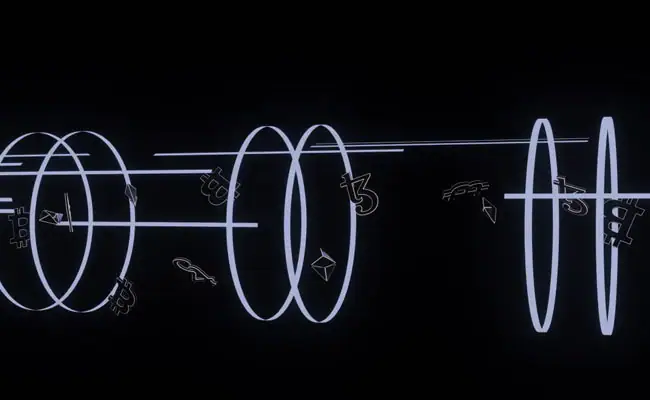Find out what makes NFT artists succeed outside the art gallery structure.
The recent boom in non-fungible tokens (NFTs) has altered the art industry. It has brought millions of people into the market, who now regard a digital work of art as a collector’s item.
The astronomical prices paid for several high-profile, blockchain-authenticated works of art have made them a constant topic of conversation.
We’ve seen it all, from projects like Bored Ape Yacht Club to performative gestures like Cassils’s cans of poop based on famous artists’ diets. So, what is it that makes NFT artists succeed outside the art gallery structure? And how come some of these collections rose to celebrity status?
Let’s take a look at the Bored Ape Yacht Club. Many celebrities, including talk show host Jimmy Fallon, tennis star Serena Williams, and pop star Justin Bieber, purchased an NFT from the Bored Ape Yacht Club, or BAYC, in 2021.
The designers of the BAYC concept came up with the notion of wealthy apes living in a swamp clubhouse, engaged freelance artists to design the apes and launched the NFT project. There are 10,000 original Bored Ape NFTs available, each with a unique combination of traits such as fur colour, background colour, clothes, and accessories.
What gives the Bored Apes their underlying value, though, is the blockchain technology on which they are built. The apes are NFTs, which means that every ape is a unique item with a single owner. The owner of each ape is recorded on the blockchain, where everyone can see who owns a particular NFT.
A new entry is added to the blockchain whenever the NFT is purchased, sold, or transferred, updating the ownership details. Bored Apes’ prices have risen into the six figures thanks to NFT technology, eye-catching art, and some hype.
Another NFT of work by Mike Winkelmann, the digital artist known as Beeple, sold at a Christie’s auction in March 2021. The NFT, titled “Everydays: The First 5000 Days“, sold for $69 million. Beeple’s fan base, with over 2.5 million followers across social media channels, is one of the things that has made his work so lucrative.
When these elements were combined with the popularity of NFTs, the value of his work skyrocketed.
In February 2021, Jaiden Stipp, a teen from Tacoma, Washington, created his first piece of digital art on the spur of the moment. It was a moving image of an astronaut-skeleton hybrid waving. Jaiden is now a full-fledged NFT artist.
He’s made eight single NFTs of his work and sold his first edition in October 2021, when he made a new NFT artwork accessible in a limited-edition format to 367 collectors. The limited editions sold out immediately, bringing almost $3,50,000 in sales.
Then there’s Cam Rackam, a 42-year-old artist from California who sold his NFTs for $7,38,593.97 in 32 minutes. Rackam suffered when the COVID-19 pandemic impacted artists hard.
So, he shifted to digital art. He started creating NFTs and contacted an Instagram meme page for collaboration on an NFT collection. They agreed, and Rackam drew thousands of variations of a Wall Street-themed cartoon bull.
The entire collection of 10,000 NFTs was sold in 32 minutes following its introduction on October 27, 2021, with Rackam pocketing $738,593.97.
Here’s one of his artworks:

Artists have found success in the digital market by creating NFTs of their artworks. The NFTs are distinct in that they are one-of-a-kind, indivisible, transferrable, and unique.
To make an NFT, you must mint it or convert it into a digital asset on the blockchain, which you can do on NFT exchanges like OpenSea, Nifty Gateway, and Rarible.
Source : Ndtv.com


